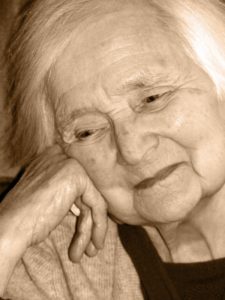26 Apr Parkinson’s Disease- An Overview

Treatment for the chronic disease consists of pharmacological, non-pharmacological and surgical therapies; there are no cures for Parkinson’s yet, but research centers around the world are working on new and improved therapies to help. Medications such as Levodopa/Carbidopa, MAO B inhibitors, Dopamine Agonist, Anticholinergics, and Amantadine have shown to work to diminish the symptoms. Sometimes they are used alone called monotherapy, or in combination. These are carefully adjusted over time to improve their effectiveness and reduce the possible side effects. Each person’s treatment plan is individualized to meet his or her particular needs.
Managing Parkinson’s disease is best accomplished by patients and their families taking an active role in their own care. The more a person understands the disease the better they are able to control its symptoms. This also means that using a multi-disciplinary approach that not only provides the expertise of a neurologist, but also the assistance of nurses, psychologists, physical therapists, speech therapists, nutritionists, and social workers assures optimal treatment results. Being proactive and accessing the right help ensures the possibility of a happy and fulfilling life, even with Parkinson’s disease.
Michael M Tuchman, MD, FAAN
Vivian Carta Sanchez, NP



Sorry, the comment form is closed at this time.